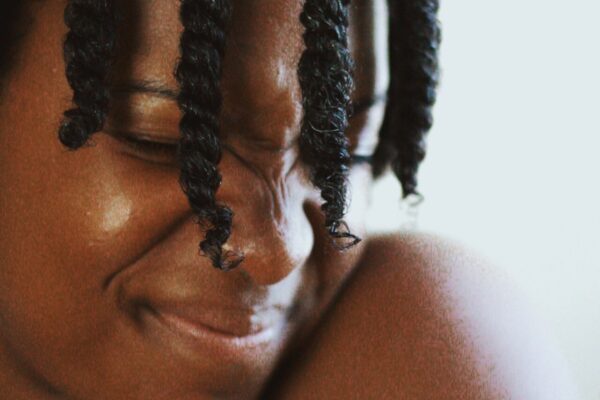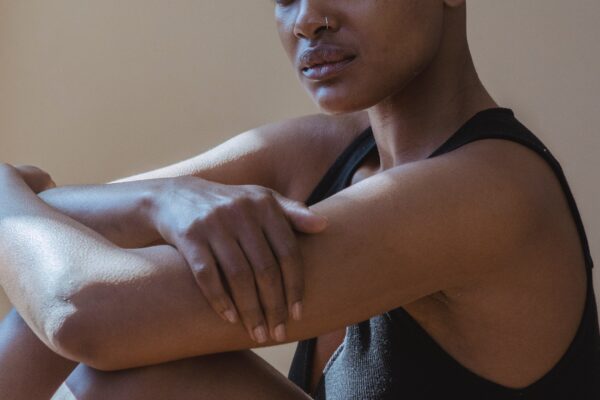World Afro Day was yesterday and it was a day to celebrate natural black hair. Throughout history, we have seen the constant obsession and ridicule of black hair. In celebration of this amazing holiday and black hair in general, let’s take a look back on the powerful history of black hair.
AFRICA
In Africa, hair used to represent status and the specific tribe you belonged to. In many ways your mere identity was showcased through your hair.
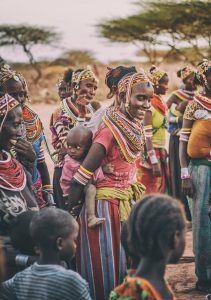
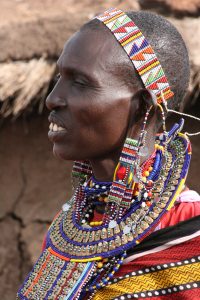
SLAVERY
During the transatlantic slave trade, a lot of African people were taken away from their land. Many of them were forced to leave their rich cultures and various traditions and practices. That included their elaborate hairstyles. These people were brought to colonize America and work the fields. Their hair was constantly ridiculed by white slave owners and they were forced to wrap their hair up. For centuries to come, this same mentality was passed down from generation to generation. The mentality that black hair is unkept while people with flowy, smooth, or even fluffy hair had what was considered “good hair.”
HOT COMBS AND PERMS
After the Emancipation Proclamation was issued by Abraham Lincoln in 1863, the stigma of black hair had stuck. Many black women started wearing more European hairstyles to try to fit in to the new beauty standard. Marcel Grateau was accredited with creating the hot comb which was used by many black women in the 1900s. The hot comb would be passed through the hair to create a smoother and straighter texture. A texture that was considered more attractive during that time.
Then came the perm. You no longer had to hold your head a certain way to make sure the hot comb didn’t burn your face or scalp. Now you could get rid of the hot comb all together. The first hair straightening product that is currently referred today as a perm, was created by Madam CJ Walker. Madame CJ Walker was one of the first self-made, black millionaires of her time. Her products helped black women achieve more of a Eurocentric hair texture. While Madame CJ Walker was accredited with creating the first hair straightening product, Garrett A. Morgan invented the perm. It used to be believed that black women who rocked these type of hairstyles would gain more opportunities than black women who didn’t.
MAINSTREAM MEDIA
1970s
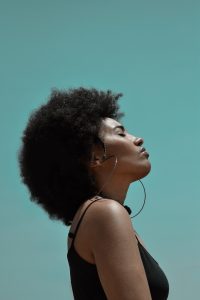
It wasn’t until the late 1900s when various black hairstyles were being seen on magazines, newspapers, and on television. During the civil rights movement and the creation of the Black Panther group, the afro started becoming a staple look in the black community. This was a time when black people started becoming “unapologetically black.” This was basically saying a big fuck you to European standards of beauty. The afro was powerful and a statement all on its own.
1980s
“Let your soul glow.”
In comes the Jerry Curl. You would spray activator and get these sultry, loose curls that were always dripping. Forget sitting on a couch because it would definitely ruin that and anything else it came in contact with.
TODAY
Today, the perm industry has decreased significantly in profit as many black women are opting for more natural styles (braids, afros, locs). More and more black people are becoming aware of their blackness and the powerful history that has brought them here today. Now, you can find numerous YouTube channels showing you how to treat and care for your natural hair. Haircare companies catering to natural sistas are turning in huge profits. They even have holidays and festivals designated to natural hair. Laws have now been passed that stop companies from discriminating against black people with natural hair. While we have a ways to go with complete acceptance, we have come decades away from where we used to be.
2017
World Afro Day was a day created by Michelle De Leon to celebrate black hair and our complicated history with our hair. While we are more than our hair, it is a huge part of who we are. It represents our rich history and the traditions of the tribes we descended from. Our hair is not unkept, it is beautiful and strong. It can withstand a lot and is versatile. It is also fluffy and soft. It is “GOOD HAIR.”


